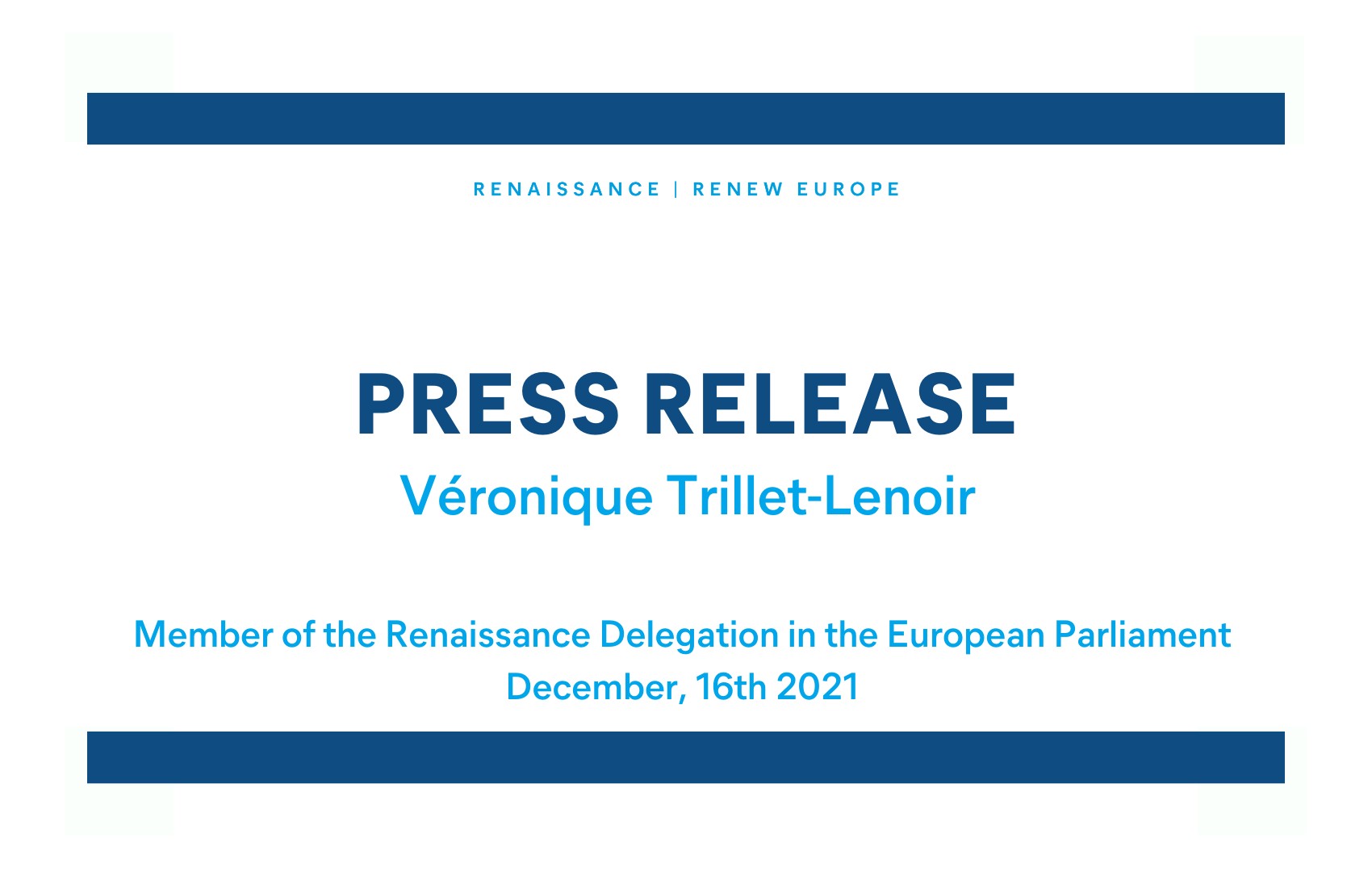On Thursday 16 December 2021, the European Parliament and the European Council of Ministers reached a provisional agreement on the revision of the directive on the protection of workers from carcinogens and mutagens at work (CMD). This agreement was unanimously adopted by the European Parliament's Committee on Employment and Social Affairs (EMPL) on 25 January 2022.
First legislation of Europe’s Beating Cancer Plan
This text is the first legislative initiative of Europe’s Beating Cancer Plan. It aims in particular to introduce or revise occupational exposure limits (OELs) for three carcinogenic substances: acrylonitrile, nickel compounds and benzene. More than one million European workers will thus be better protected.
The provisional agreement also provides for the preparation, by 2022, of an action plan to ensure that the directive covers more limit values, and the launch of the preparatory work to revise the methodology for establishing OELs in order to better take into account the risks of developing adverse health effects. These requests had been made in the report of Véronique Trillet-Lenoir on Europe’s Beating Cancer Plan. The co-legislators also call on the European Commission to launch, in 2022, the procedure to reduce the OEL for crystalline silica dust, whose exposure causes particularly serious and disabling effects (such as lung cancer or silicosis).
The achievement of a historic priority of the European Parliament
After years of discussion, the co-legislators have reached an agreement to extend the scope of the directive to substances toxic to reproduction, a priority of the Renew Europe group. More than two million workers are exposed to these substances, which can impair the fertility of women or men, or alter the development of the offspring. The inclusion of these substances will also better protect workers from a number of endocrine disruptors (such as bisphenol A).
Some Member States have already included reprotoxic substances in their national transposition of the CMD. This agreement therefore allows for upward social convergence in Europe.
Commitments to improve the protection of professionals handling hazardous medicinal products
Certain medicinal products, particularly those used in cancer treatment, contain substances that are themselves carcinogenic, mutagenic or toxic to reproduction. For the co-legislators, the conclusion is clear: these medicinal products are covered by the protection measures provided for in the directive. In order to better protect the health professionals exposed, the European Commission will develop standards of practice for handling these substances, particularly in hospitals. This will involve implementing the obligations of the CM(R)D directive. The Commission is also tasked to identify the medicinal products or substances with carcinogenic, mutagenic and reprotoxic properties, in a list which will have to be updated regularly.
For Véronique Trillet-Lenoir, shadow rapporteur for the Renew Europe group: "This revision is important. It is a big step for the protection of workers, including healthcare workers. The agreement reached is a compromise that the Parliament would certainly have liked to be more ambitious, but which seemed difficult to reach a few months ago. It is a significant strengthening of prevention measures to avoid cancers and miscarriages due to occupational exposure, notably for nurses.”



